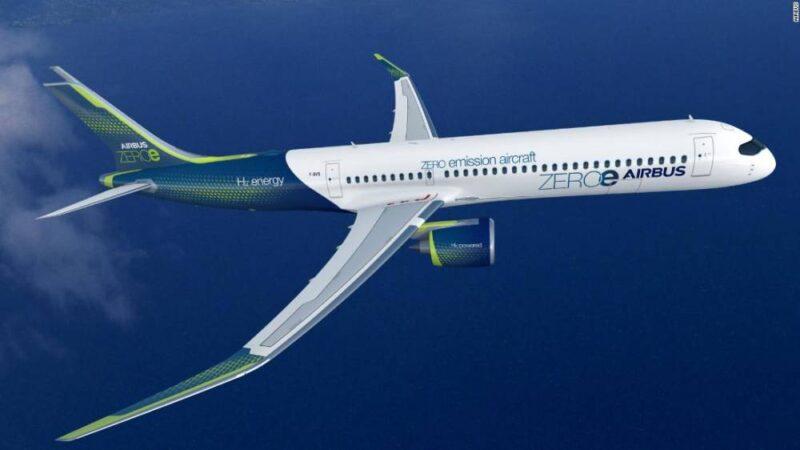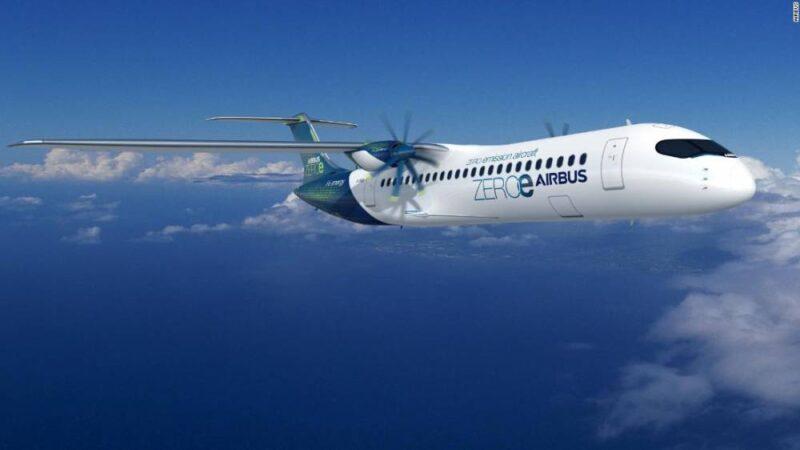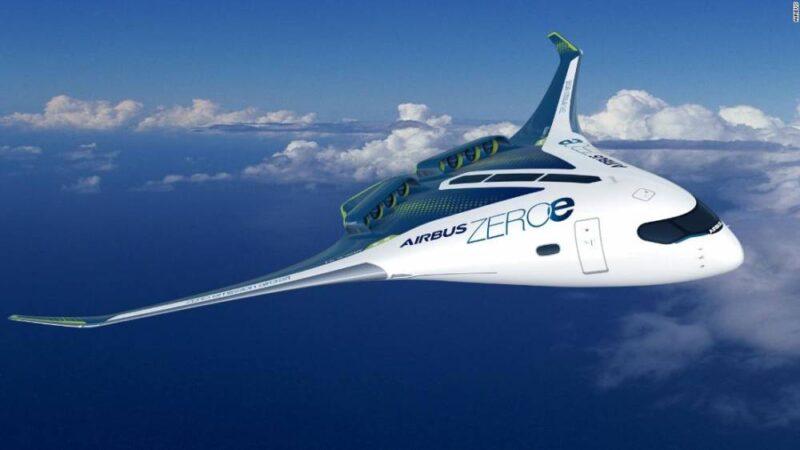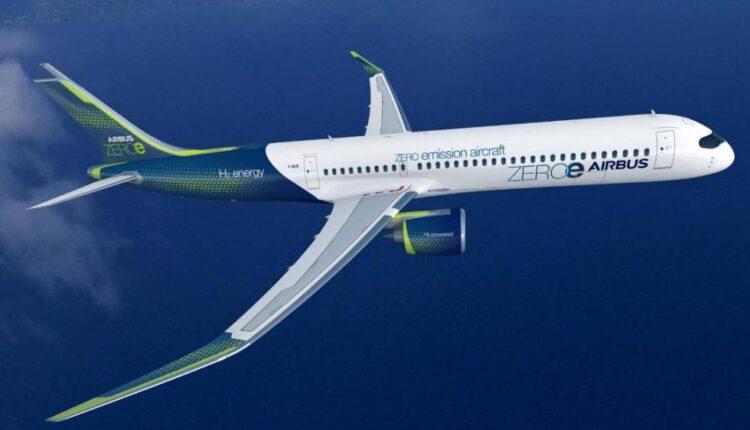London (CNN Business)Airbus has unveiled its plans for bringing the world’s first zero-emission commercial aircraft into service by 2035.
Boeing’s (BA) European rival on Monday revealed three concepts that will explore different options for using hydrogen as a primary source of power.”This is a historic moment for the commercial aviation sector as a whole and we intend to play a leading role in the most important transition this industry has ever seen,” Airbus (EADSF) CEO Guillaume Faury said in a statement.
Airlines and planemakers are facing growing pressure to tackle carbon emissions, with some governments tying climate crisis goals to coronavirus bailout packages. The pandemic has plunged aviation into its worst ever slump and is expected to accelerate the shift towards renewable forms of energy, as governments use the opportunity to promote a green recovery.

Airbus ZEROe turbofan design.In order to significantly decrease emissions, the aviation sector will need to reduce its reliance on crude oil-based jet fuel and turn increasingly to sustainable aviation fuels. But these are as yet largely untapped.Read MoreFaury said that hydrogen, both in synthetic fuels and as a primary power source for commercial aircraft, has the potential to “significantly reduce aviation’s climate impact.”The three ZEROe concepts unveiled by Airbus include a turbofan, a turboprop and blended-wing body design. The turbofan design would carry 120 to 200 passengers with a range of over 2,000 nautical miles. It will be powered by a modified gas-turbine engine running on hydrogen, rather than jet fuel, through combustion. The turboprop design would carry up to 100 passengers and would be capable of traveling more than 1,000 nautical miles, making it suitable for short-haul trips.

Airus ZEROe turboprop design.A blended-wing body design would carry up to 200 passengers. The wings would merge with the main body of the aircraft, which has a range similar to that of the turbofan.

Airbus ZEROe blended-wing body design.
The transition to hydrogen will require “decisive action from the entire aviation ecosystem,” Faury added. For example, airports will require significant hydrogen transport and refueling infrastructure. Government support will also be needed, including increased funding for research and technology, as well as mechanisms that encourage the use of sustainable aviation fuels and prompt airlines to replace less environmentally friendly planes earlier.
Source: edition.cnn.com

